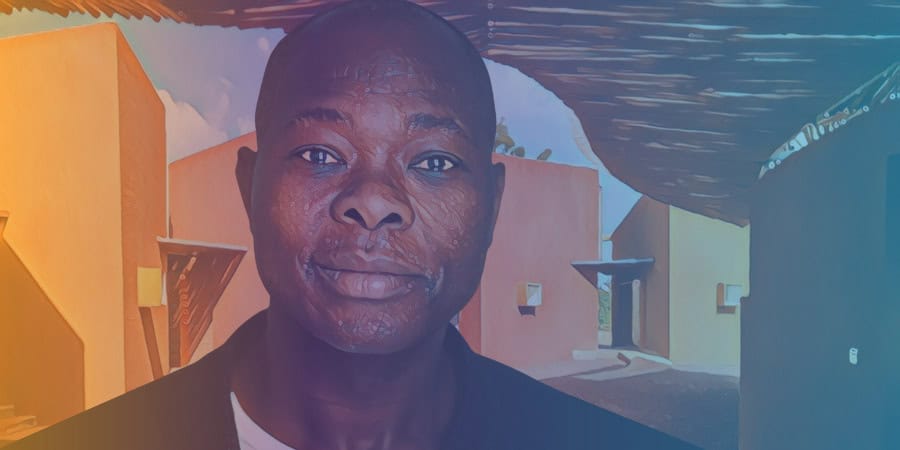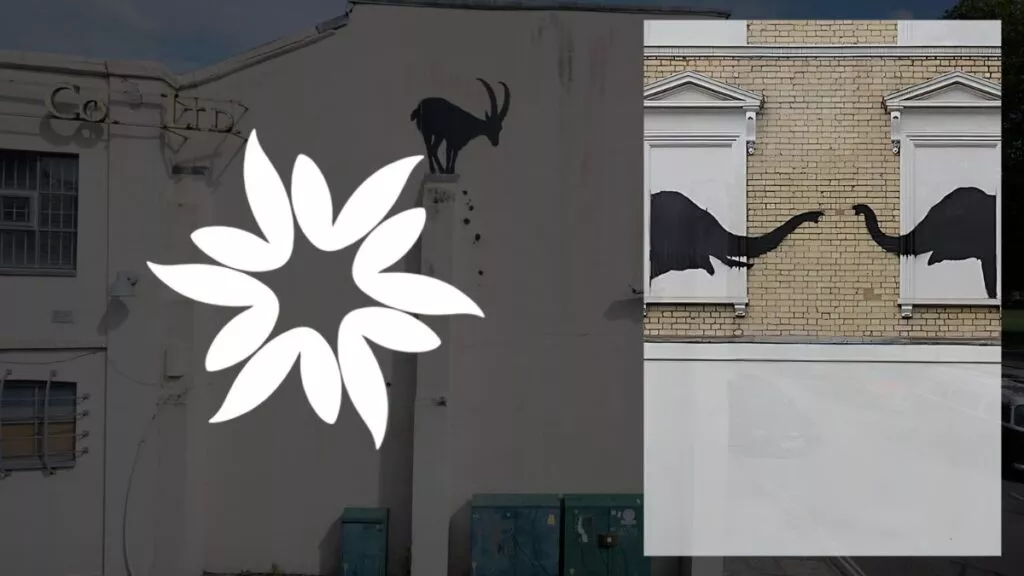Key Takeaways
- Diébédo Francis Kéré's childhood in rural West Africa influenced his architectural vision, which merges customary African architectural elements with pre-industrial European concepts and emphasizes eco-friendliness and collaboration with local communities.
- Kéré's diverse range of projects, including parliamentary buildings in West Africa and baobab tree-inspired towers at Coachella, often reflect Afrofuturistic principles that capture the dreams and ambitions of young Africans.
- Kéré's upcoming memorial to Thomas Sankara, the former president of Burkina Faso, will serve as a tribute to his enduring impact and a central gathering point in Burkina Faso's capital, Ouagadougou.
- Kéré emphasizes involving communities and utilizing local resources in his architectural endeavors to foster a sense of ownership and belonging.
- Kéré's architectural style, which incorporates traditional design with modern principles, promotes sustainable practices such as the use of a blend of clay and concrete.
- The Yale School of Architecture has created the Francis Kéré Scholarship to support emerging African architects and empower the next generation of leaders in the field.
Diébédo Francis Kéré’s childhood in rural West Africa, where he and his friends built temporary shelters using local materials, unknowingly laid the foundation for his future as an influential architect.
In 1999, Kéré returned to his native Burkina Faso and constructed a school in Gando, his hometown.
The school’s innovative design, which fuses customary African architectural elements with pre-industrial European concepts, has been hailed by The New York Times as one of the most significant buildings erected since the Second World War.
Kéré’s architectural vision emphasizes the use of eco-friendly substitutes for concrete and natural components.
He is dedicated to collaborating with local communities to create structures that embody their culture and necessities while offering spaces filled with beauty and light.
This unique approach has resulted in a diverse range of projects, including a kindergarten in Munich, parliamentary buildings in West Africa, and baobab tree-inspired towers at Coachella in California.
In 2022, Kéré made history as the first African to receive the esteemed Pritzker Architecture Prize.
Embracing Afrofuturism and Honoring a Revolutionary Leader
Kéré’s work, such as the national assemblies being constructed in Benin and Burkina Faso, often reflects Afrofuturistic principles.
He envisions Afrofuturism as an uplifting, culturally relevant, and comfortable architectural approach that encapsulates the dreams and ambitions of young Africans.
One of Kéré’s forthcoming projects is a memorial dedicated to Thomas Sankara, the former president of Burkina Faso who was assassinated in 1987.
The memorial site will include a park, a colossal circular arc structure surmounted by an 87-meter tower, meeting rooms, outdoor event spaces, and a museum.
This space will serve as a central gathering point in Ouagadougou, Burkina Faso’s capital, and a tribute to Sankara’s enduring impact.
This unique approach has resulted in a diverse range of projects, including a kindergarten in Munich, parliamentary buildings in West Africa, and baobab tree-inspired towers at Coachella in California.

Fostering Ownership and Belonging through Architecture
Kéré maintains that when people experience a sense of ownership over a structure, they are more likely to care for and take pride in it.
As such, he emphasizes the significance of involving communities and utilizing local resources in his architectural endeavors.
Although Kéré recognizes that a community-centric approach is feasible in places like the US and Europe, he acknowledges that adaptations are necessary to accommodate different settings.
Drawing Inspiration from the Past to Create a Sustainable Future
Kéré’s architectural style, which incorporates aspects of traditional design alongside modern principles, underscores the importance of learning from history to build a sustainable future.
He has employed a blend of clay and concrete in his designs, which not only reduces costs but also minimizes environmental impact.
Yale’s Commitment to Supporting African Architectural Talent
To celebrate Kéré’s accomplishments and support emerging African architects, the Yale School of Architecture has unveiled the Francis Kéré Scholarship.
With funding from the Sidney E. Frank Foundation, this scholarship aims to nurture new voices and talents in the architectural field, empowering the next generation of leaders.
Kéré himself has taught at Yale as a visiting professor and continues to engage with the school’s academic community.








